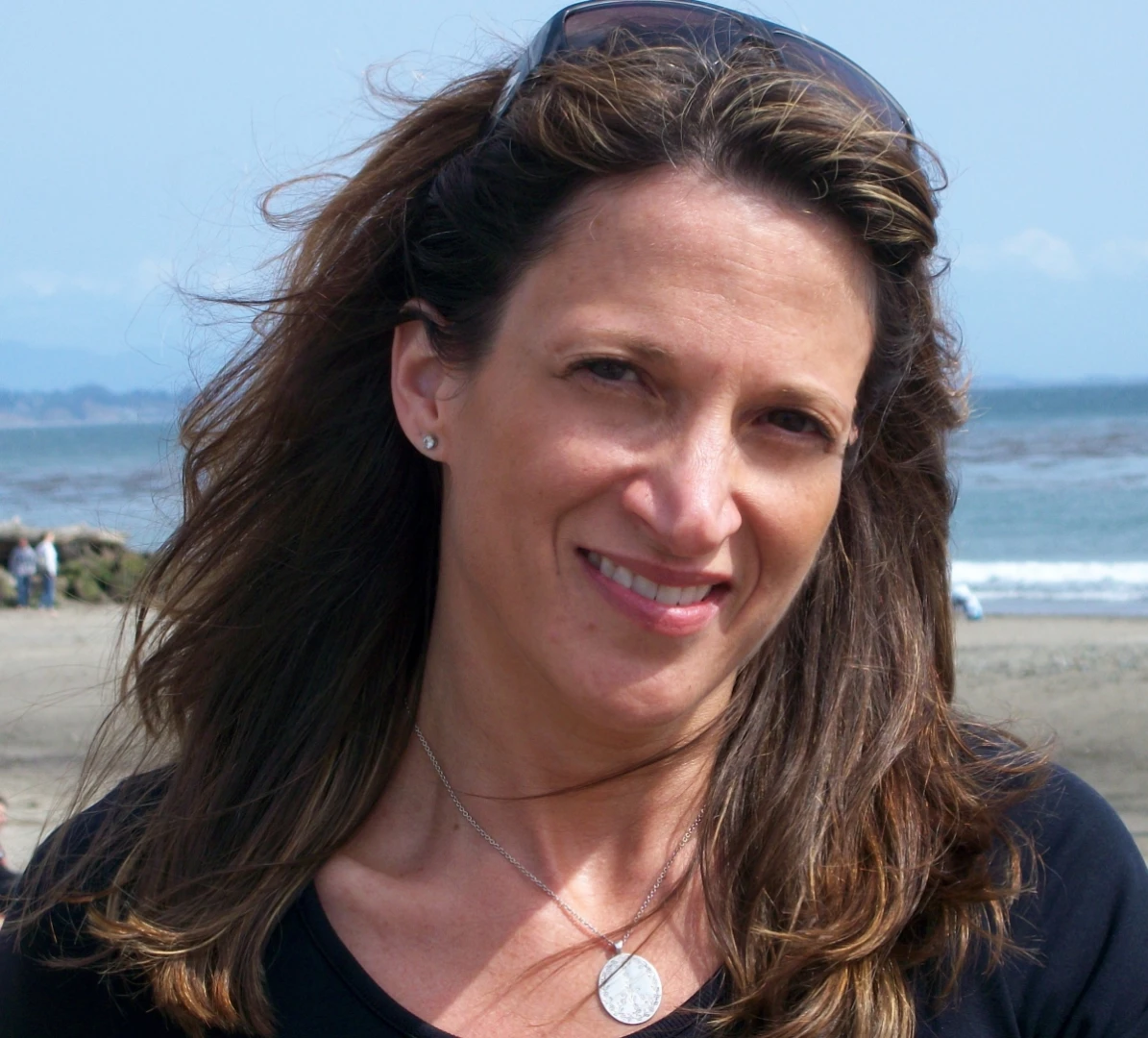Yoga Teacher’s Scope of Service: Knowing Your Limits

A large proportion of yoga students come to the mat with some sort of physical problem, be it an injury or illness, chronic pain, a tight neck and shoulders, bad knees, a hip replacement, or a sore back. Many have heard that yoga can help to relieve physical issues like back pain, or help with stress or emotional problems.
Yoga teachers are called upon to provide a safe context for those undergoing personal challenges. They also may be asked questions regarding how yoga may help or hinder physical or emotional wellbeing. While it is natural to want to help, it is also important for teachers to know their limits, and to be aware of the scope of service that yoga teacher training prepares them to provide.
Scope of service (sometimes called scope of practice), refers to the procedures and actions that are appropriate for an individual to engage in when working in a given context. It is based on a person’s education, experience and demonstrated competencies.
Most yoga teachers do not have the skills or training to properly evaluate physical or psychological complaints, or to recommend a course of treatment. When working with students it is important to discriminate between teaching yoga and offering helpful suggestions that can be construed as medical advice.
Teachers can provide support and encouragement for those facing challenges, and share yogic teachings and philosophy that will aid students in their journey. This service is invaluable.
They can also serve as models of acceptance and grace as they navigate life’s obstacles and pitfalls. This may be as simple as getting up and laughing after a face plant during a demonstration, or offering a smile or a gesture of caring. The scope of service that yoga teachers provide is like no other, and it is important to stay within it.
Navigating emotional and psychological issues
Most if not all yoga teachers take up the call to teach out of a need to be of service. They tend to be empathic, compassionate, and are typically good listeners. They are also often dedicated to wellness and healing in some capacity, and are motivated by a desire to assist others on the yogic path.
Although yoga asana (posture-focused) practices may resemble exercise, most students will attest to the fact that their experience on the mat transcends stretching, strengthening, and a cardiovascular boost.
This may be due to the fact that mindful attention to the breath that typically occurs during asana, pranayama, meditation or other yoga practices directly impacts the autonomic nervous system. (See Yoga and the Breath: Antidotes for a Stressful Life for more on how the ANS works). Whereas activation of the sympathetic nervous system (SNS) mobilizes our body’s systems for action, activation of the parasympathetic nervous system (PNS) tends to elicit calm, receptivity and space for introspection. This can tap deeply into emotional states that may otherwise be inaccessible in our daily lives.
Somatic Experiencing pioneer, Peter Levine, (see Somatic Experiencing: Free Your Body to Free Your Mind, and Tom Myers, integrative manual therapist and author of the acclaimed, Anatomy Trains, concur that the body’s physical structures are often the repository for unexpressed emotions including traumatic experiences.
Dr. Levine, founder of the Somatic Experiencing Trauma Institute and one of the foremost experts on healing trauma believes that, “painful symptoms associated with trauma are the result of ‘fragments of sensory body memory’ that become trapped”. Both experts agree that yoga practices can, and often do, release emotional energy that has been stored in our tissues.
Yoga practices may elicit a breadth of affect and sensation. This can range from intense anger, frustration or irritability after falling repeatedly out of a pose, to sadness or grief during savasana – and all points in between.
When difficult sensations or emotions arise, it is essential that yoga teachers clearly understand the scope of what they are able to provide. A compassionate ear is not equivalent to appropriate mental health care. Most yoga teachers lack training regarding how to evaluate and treat psychological problems, and should never attempt to do so.
What yoga teachers do have is the ability to provide support and encouragement for those facing emotional challenges, and the wisdom to impart yogic teachings and philosophy that will aid students in their journey. Once again, this service is invaluable.
Know your scope
The process of svadhyaya, or self- reflection is a critical component of teaching and practicing yoga. It involves being aware of your limits, and the scope of service that you are able to provide.
Svadhyaya also involves examining the behaviors, motivations and habitual thoughts and actions that influence our self-image. We may see ourselves as healers, karma yogis, or the like, and our actions will reinforce this ideal. But these beliefs may not be in the service of the students.
It is important to engage in this process to assure that the next time you are called upon to be of help, you will have a clear understanding of how you can be of service as well as your limits.
When approached with a situation ask yourself the following:
– Am I sufficiently trained and qualified to address this student’s needs?
– Would an experienced professional be better qualified to serve this student?
– Am I responding in a way that serves the best interest of my student or am I responding from a place of ego?
It is good practice to maintain a referral list of trusted professionals in your community. That list may include physicians, physical therapists, chiropractors, acupuncturists, massage therapists, mental health professionals, Ayurvedic practitioners and others who may be able to address the specific needs of your students. This list is an invaluable tool, and allows the teacher to be a resource to students in the context of their scope of service.
It is important to engage in self-reflection to assure that you have a clear understanding of how to best serve the needs of your students when called upon. That is, after all, the essence of teaching yoga.
 B Grace Bullock, PhD, E-RYT 500, is the Founding Director of the International Science & Education Alliance, a firm that provides strategic planning, research consultation and assessment design to support the empirically rigorous evaluation and sustainable implementation of programs in education, leadership, health and human services. Grace is an intervention scientist, psychologist, yoga educator and author who has worked extensively in integrated behavioral health settings. Her research, clinical practice, teaching and writing emphasize the incorporation of empirically supported psychotherapy with yoga therapy and mindfulness practices to relieve the symptoms of stress, trauma, anxiety, depression and other psychological illnesses, and to promote healthy relationships. She is Faculty at the Integrated Health Yoga Therapy therapist training program, and Professor of Yoga & Neuroscience at the Taksha University School of Integrative Medicine. Grace is the former Editor in Chief of the International Journal of Yoga Therapy and recipient of a Francisco J. Varela Research Award from the Mind & Life Institute. For more information contact Grace at bgracebullock@me.com or https://www.gracebullock.com/
B Grace Bullock, PhD, E-RYT 500, is the Founding Director of the International Science & Education Alliance, a firm that provides strategic planning, research consultation and assessment design to support the empirically rigorous evaluation and sustainable implementation of programs in education, leadership, health and human services. Grace is an intervention scientist, psychologist, yoga educator and author who has worked extensively in integrated behavioral health settings. Her research, clinical practice, teaching and writing emphasize the incorporation of empirically supported psychotherapy with yoga therapy and mindfulness practices to relieve the symptoms of stress, trauma, anxiety, depression and other psychological illnesses, and to promote healthy relationships. She is Faculty at the Integrated Health Yoga Therapy therapist training program, and Professor of Yoga & Neuroscience at the Taksha University School of Integrative Medicine. Grace is the former Editor in Chief of the International Journal of Yoga Therapy and recipient of a Francisco J. Varela Research Award from the Mind & Life Institute. For more information contact Grace at bgracebullock@me.com or https://www.gracebullock.com/



